Contact Lens for Presbyopia

Presbyopia (老花眼) is when the eyes start to lose its ability to see things at the near. It is a normal aging process of aging that normally starts around the age of 40. People with presbyopia will experience blurry vision when doing near work and tend to need more light or hold their reading materials further to be able to see clearly. There is no way to stop or reverse the normal aging process which cause presbyopia.
How to correct presbyopia?
In our previous article on presbyopia , we mentioned spectacles as the most common way to correct presbyopia . However, some people do not like to wear spectacles and wonder if they can wear contact lenses. In this article, we will talk about the different ways to correct presbyopia with contact lenses.
If I have presbyopia, am I able to continue contact lens wear?
Yes, you are still able to wear contact lenses. Below are the options to correct presbyopia with contact lenses: (For people who are beginning to have presybyopia or finding it a bit hard to read with their contact lenses , this is what we can do 🙂
Reduction in contact lens power
This is what most existing contact lens wearer (around the age or 38 or 39) would try when they are finding it a bit hard to read with their contact lenses. Although presybyopia usually happens around the age of 40, for contact lens wearer, “presbyopia” may happen earlier because they have to use more effort to focus at near compared to when wearing glasses.
In this case, we usually reduce the distance prescription of the contact lenses by about 0.25. We usually don’t recommend reduction of the prescription by more than 0.25 as this will affect the distance vision, expecially when driving. For people requiring more power to read, we will try monovision or multifocal contact lenses.
Monovision
Monovision is correcting the dominant eye for far distance and the other eye for near distance. With both eyes open, it will be clear at all distance.
Monovision is less expensive as compared to multifocal and bifocal contact lenses and it is available for people with astigmatism. It also do not result in ghost images and fluctuating vision due to the change in pupil size.
However, not everyone can adapt to monovision because it affects depth perception and contrast sensitivity. Some people who have a low tolerance for visual disruption would not be able to accept monovision. Monovision patients are advised to avoid driving during the first 2-3 weeks of adaptation. (How do you know if you are suitable for monovision ? During the contact lens consultation, through testing and trial using spectacles and contact lenses, we will be able to find out if you are suitable.
Multifocal Contact lenses
Multifocal contact lens is an alternative to progressive for people with presbyopia. They are designed to provide clear vision at all distances for people who have refractive errors and also presbyopia. It allows better depth perception as compared to monovision.
How does Multifocal Contact Lenses work?
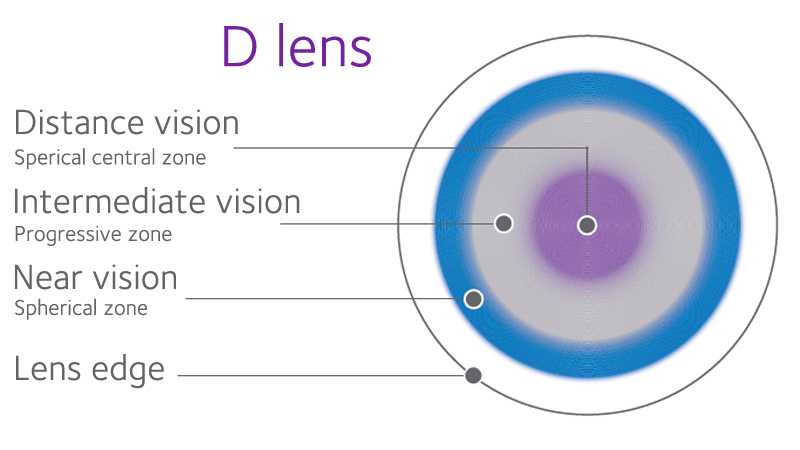
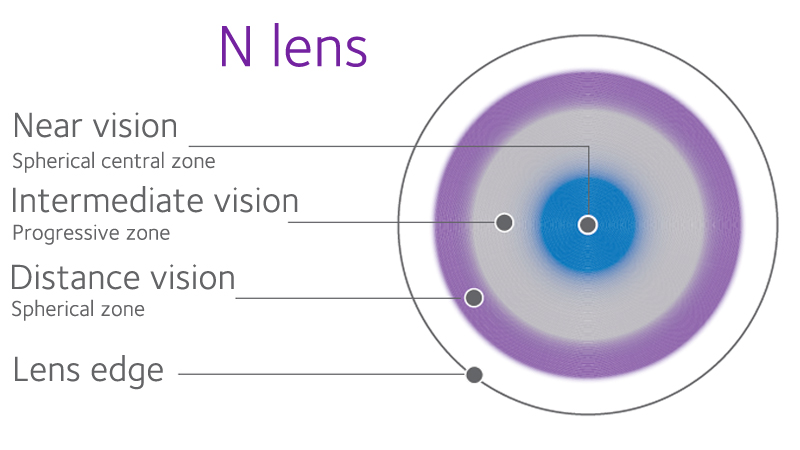
The designs for multifocal contact lenses is called Aspheric:
- Aspheric
- The distance or near power is in the center of the lens and there is a gradual change to other powers away from the center.
The available brands for multifocal soft contact lenses in Singapore are Ultra for Presbyopia from Bausch + Lomb, 1-Day Acuvue Moist Mutlifocal from Johnson and Johnson, Air Optix Aqua Multifocal from Alcon and Biofinity Multifocal from CooperVision. There are also multifocal gas permeable contact lenses available in Singapore from and Oculus.
Multifocal contact lenses allow better depth perception than monovision and better vision at different viewing distances. However, there might be glare at night and shadowy vision during the adjustment period.
Evershine Optical offers both Ultra for Presbyopia from Bausch + Lomb (B&L), Soflens Multifocal from B&L, Biotrue ONEday for Presbyopia from B&L and 1-Day Acuvue Moist MultifocaL from Johnson and Johnson.
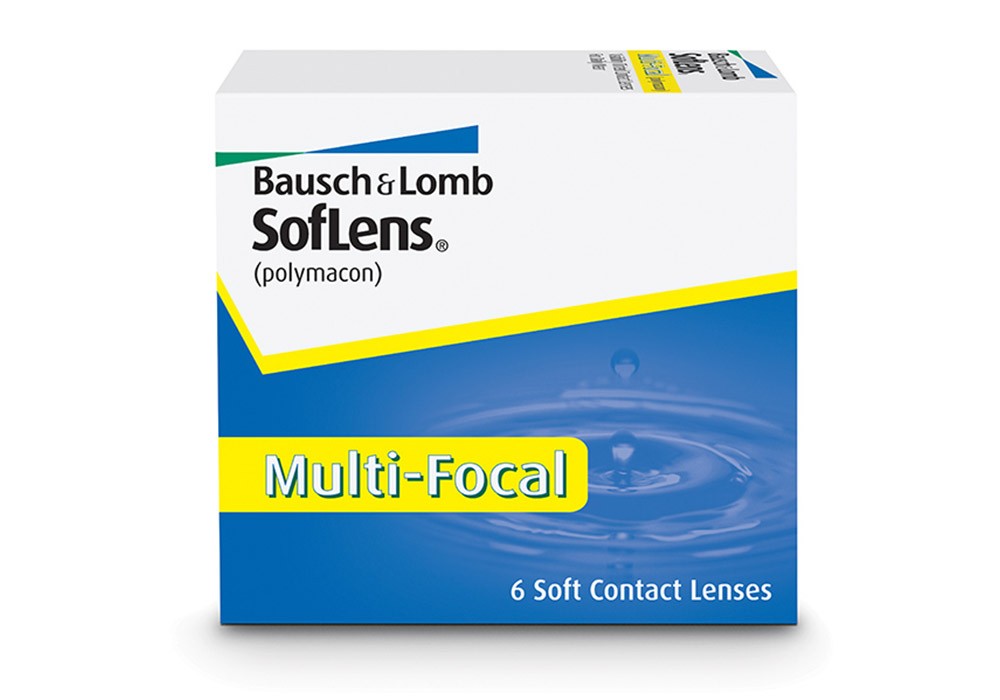
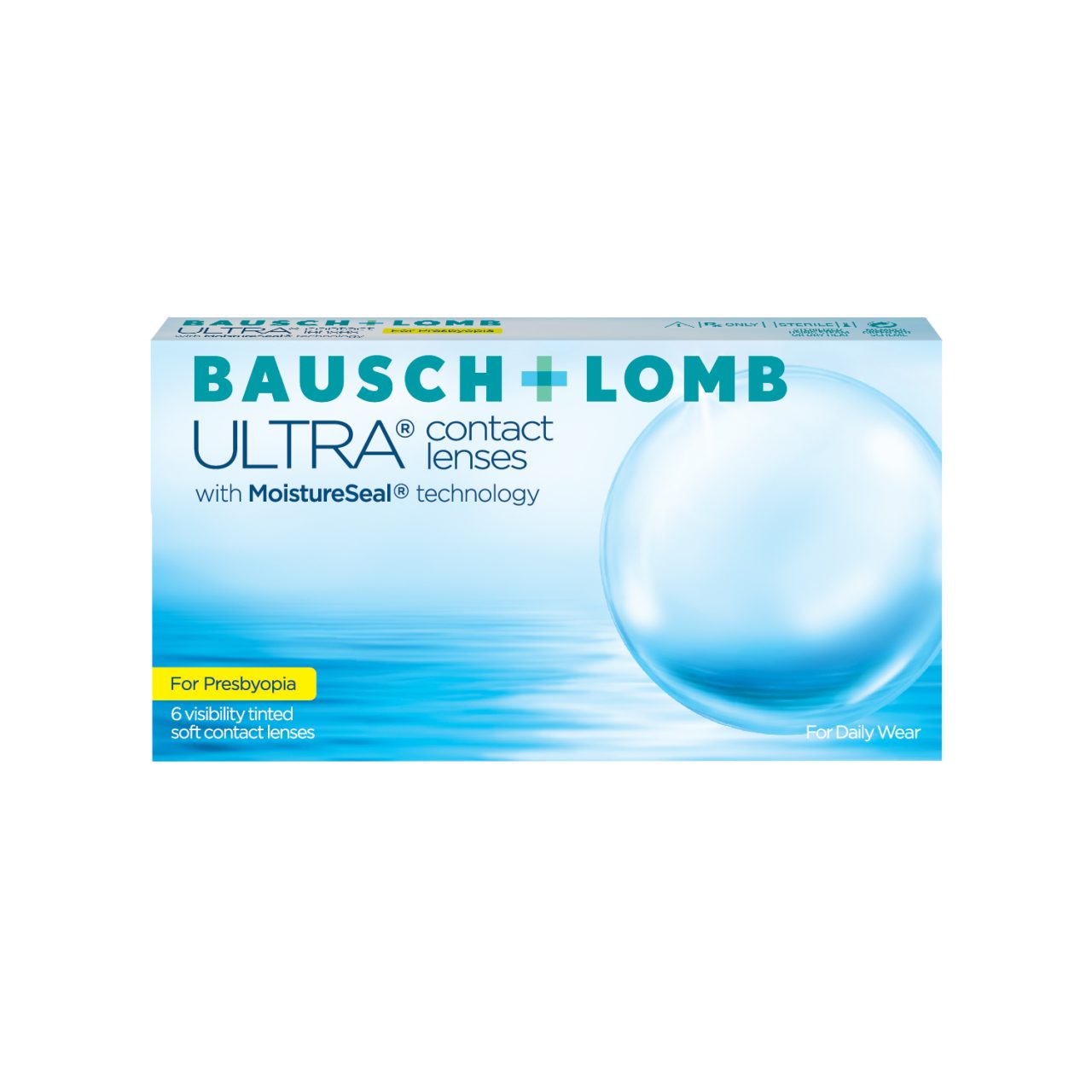
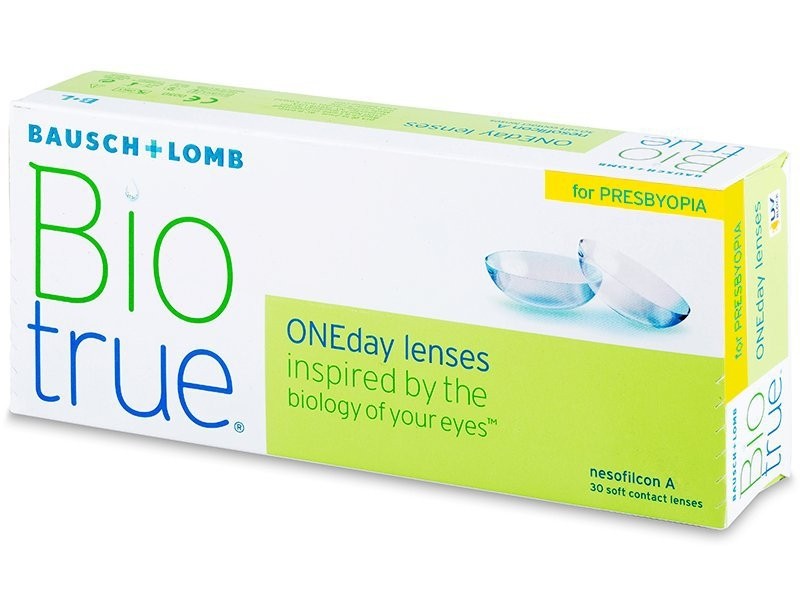
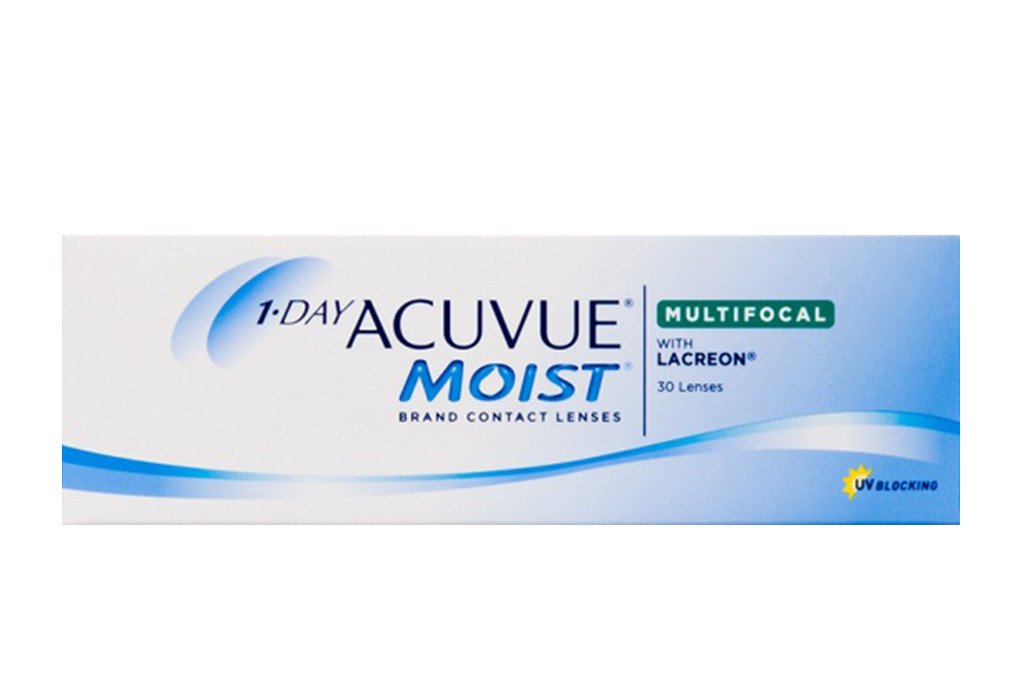
Bifocal contact lenses
Bifocal contact lenses are lenses that have two powers in a lens. One power is for near work while the other power is for distance vision.
How does Bifocal Contact Lenses work?
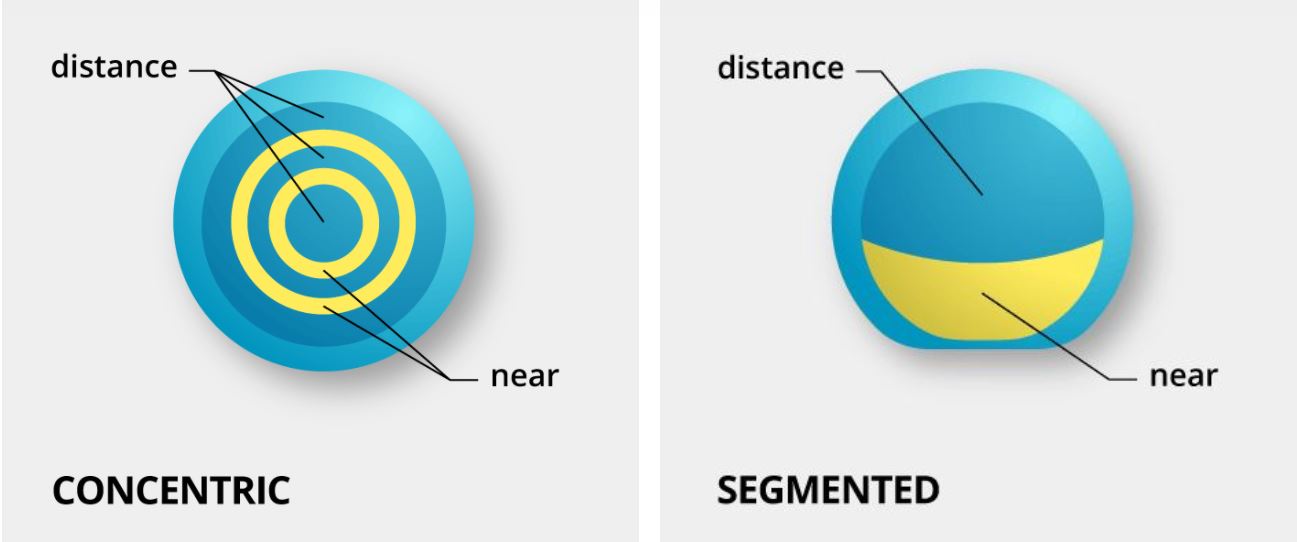
There two 2 designs for bifocal contact lenses:
- Concentric
- The distance power is in the center of the lens, surrounded by concentric rings of near and distance powers.
- Segmented (Hard contact lenses)
- The distance power is in the central upper zone while the near power is in the lower zone.
- Segmented bifocal contact lens is smaller in diameter as compared to a normal soft contact lens.
Bifocal contact lenses provide clear vision for distance and near. However, Singapore does not offer any bifocal soft contact lenses. Instead, there are bifocal hard lenses from Menicon, known as Menifocal Z bifocal GP (Gas Permeable) lens.
How to determine the best presbyopia options for you?
Evershine Optical offers both monovision and multifocal contact lenses.
To determine which is the best option for you, our optometrists at Evershine Optical will ask you a series of questions to understand more about your lifestyles, your occupations, how much time you spend outdoor and indoor, and more.
A thorough eye examination in the following will be conducted by our optometrists:
- Refraction test
- To check eye power for both distance and near
- Eye health check
- To assess the health of the front and back part of the eyes
- Intraocular pressure (IOP) test
- To check the eye pressure of the eyes (detect signs of glaucoma)
After the eye examination, we will order some trial contact lenses for the next contact lens consultation.
- Fitting trials of Monovision and/or Multifocal contact lenses
- To examine how well is the contact lenses sitting on the eyes, whether is the fit too tight or too loose
- To check the vision and comfort with the contact lenses on
- To see if the patient is able to adapt to either monovision or multifocal contact lenses
If you encounter any issues during the trial, we will do a follow up consultation rectify the problem before ordering the lenses.
After dispensing the contact lenses, Evershine Optical also provides aftercare services once in a month, 3 months and 6 months to check the health of your eyes.
Is it possible to combine spectacles with contact lenses?
Yes, it is possible to combine both correction methods. Some people may prefer progressive lenses for stationary activities and contact lenses for social events and physical activities. For example, wearing contact lenses to correct for the distance vision and putting on a pair of office progressive spectacles when doing near work in the office.
To find out more please WhatsApp us at 88461234 for an appointment.
References
- Dave T, Moody K, Wooley B, et al. (n.d). Understanding Multifocals and Getting Them To Work.
- Kietstan B. (2018). What Is Monovision (or Blended Vision)? American Academy of Ophthalmology
- Laura R, Pablo P.M, Rute J.M.A, et al. (2020). Bifocal and Multifocal Contact Lenses for Presbyopia and Myopia Control. Journal of Ophthalmology, 2020.

